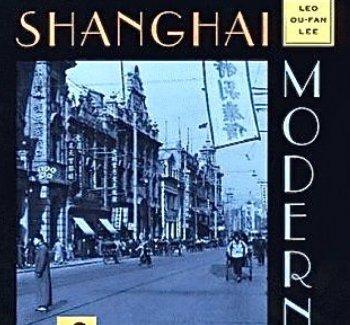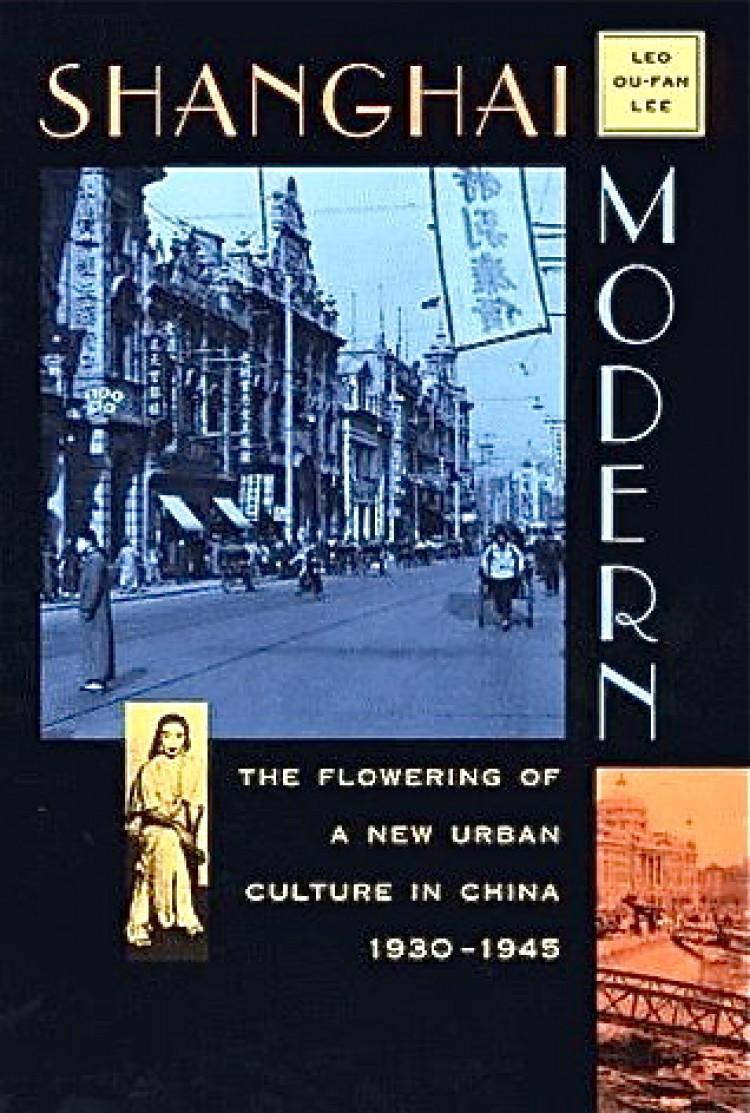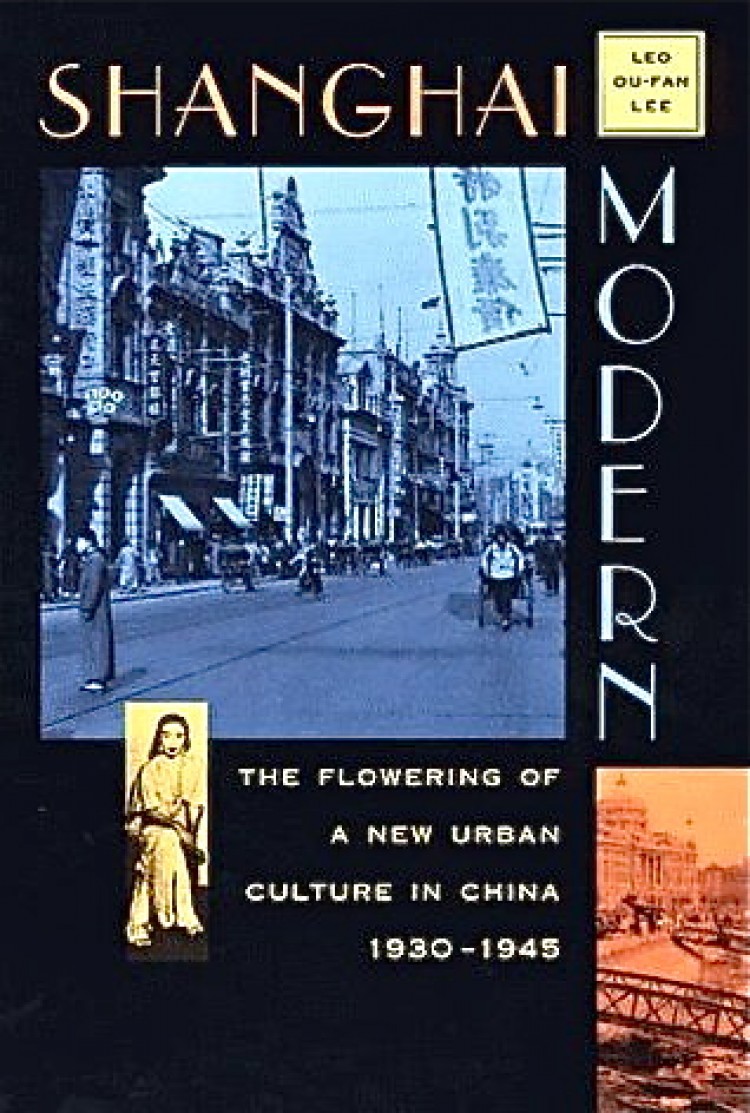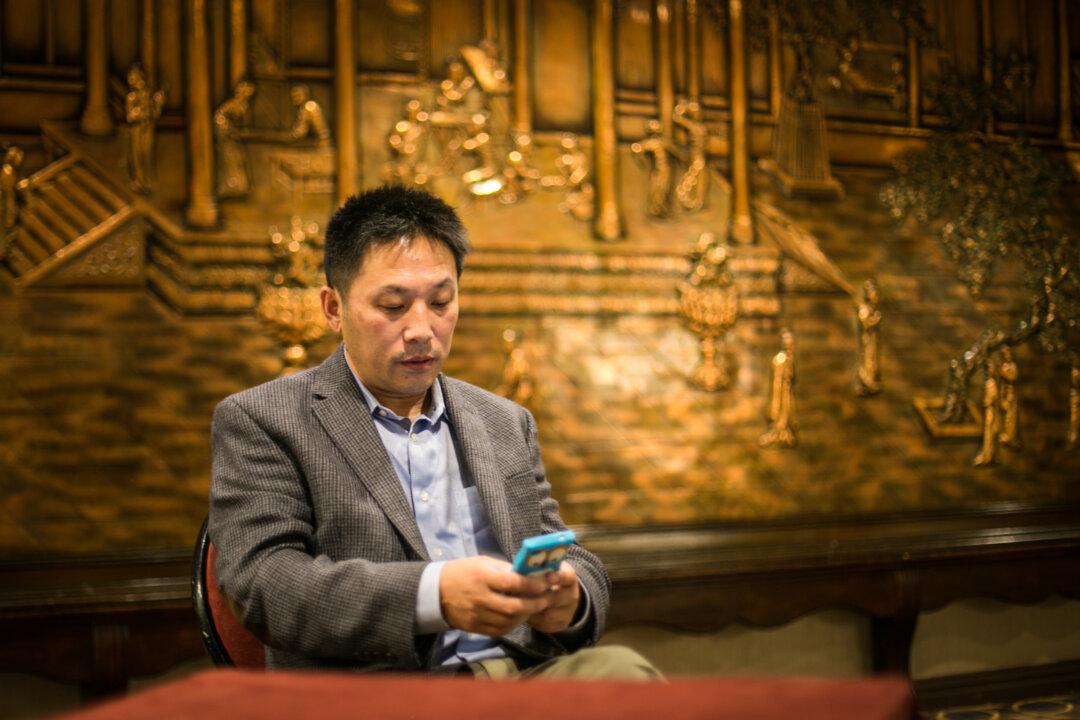Lee, Leo Ou-fan. “Shanghai Modern: The Flowering of a New Urban Culture in China, 1930-1945” (Interpretations of Asia), Harvard University Press; 1st Ed. edition (September 1, 1999)
436 pp., ISBN: 0674805518, $31.59
Anyone who cares to know the answer to the question “What was Shanghai” will end up coming across Leo Ou-fan Lee’s Shanghai Modern. They will be intrigued and impressed, though at times the non-academic reader will be irritated by the constant intrusions of theory.
The story begins in the middle of the action. It is expected that anyone picking up this book will know the background of Imperial collapse and Western irruption. Shanghai is a coastal city, and was the first port of call for the imperialists. The present volume is meant to document, with theoretical and literary inflection, the height of Shanghai’s modern efflorescence that was a consequence.
There are three parts: urban culture, literary imagination, and reflections. The last two seem to have been written for Lee’s academic peers, rather than the reading public interested in China in the first half of the 20th century. But Lee’s treatment of the urban culture of Shanghai back then is marvelous. He moves through each aspect of Shanghai’s material space smoothly, with enough time to linger on rich anecdotes and scene-setting depictions.
Shanghai since the 19th century had been a forced home to foreigners. The French concession, for example, is where all the coffee houses were. Chinese would go there to while away the evenings in serene conversation on Avenue Joffre, which was lined with French trees and remained quiet most of the time, except at night. Then, the “intoxicating sounds of jazz” would pour from the cafes, and wine, women, and song would “comfort you from the fatigue of a day’s toil,” as one participant had it (p. 18).
One learns of the dance halls and the hard knock lives of their hostesses, the public parks and race clubs, which were run by racist Westerners and did not admit Chinese (except servants) until Chiang Kai-shek took control of the city in 1927 and changed that rule.
While the Western intruders lived in high-rises and lorded about, most Chinese lived in alley courtyards and stone-gate houses, “clearly defined residential units, rows of plainer-looking two or three-story houses enclosed in a compound with narrow alleys, small front yards, and a front gate.” (p. 32) These quarters were nearly everywhere, indicating the density of the native population. Often their circumstances were straitened. Two or three writers would squeeze in a ten square meter (107 square feet) space for less than four yuan per month.
Mostly there was amity between inhabitants, and Chinese readily partook in the ambiguous enterprise of progress.
Lee documents the proliferation of print and visual media. A chapter’s worth is given to the Commercial Press, which was a capitalist transmission belt for enlightening the benighted Chinese masses through its textbooks and massive compendia of Western culture.
Cinema is also treated, as well as magazines, newspapers, books, and journals. All this created the “special cultural matrix” of modern Shanghai (p. 82). Scores of literary journals competed for readership and dished out regular translations of the fashionable American and Anglo moderns. Lee carries out extensive forensics on the political and ideological tensions among these publishers and their magazines.
Interesting factoid: in 1927 there were 106 theatres with seating capacity for 68,000.
The middle of the book is punctuated with a series of advertisements, for cigarettes, milk, and women’s fashion.
A theme that runs through this book is how modernity was made to adapt to local conditions, for example in advertising and consumer products, and parallel to this, how modernity changed the Chinese.
Lee points out that his approach does not seek to explicate “lofty ideas and grand narratives” in the cultural history of Shanghai’s entanglement with modernity, but primarily to present the urban print culture of the time.
This idea of stepping away from theory is helpful, except when the author fails to live up to it. For example, in a section called “The Problematic of Modernity” (pp. 43-44) Lee writes:
“Modernity in China… was closely associated with a new linear consciousness of time and history which was itself derived from the Chinese reception of a Social Darwinian concept of evolution made popular by the transitions of Yen Fu and Liang Qichao … In this new temporal scheme, present (jin) and past (gu) became polarized as contrasting values, and a new emphasis was placed on the present moment ‘”as the pivotal point marking a rupture with the past and forming a progressive continuum toward a glorious future.’“ This new mode of time consciousness was, of course, a derivative discourse stemming from the Western post-Enlightenment tradition of modernity—an intellectual package now receiving severe criticism by postmodern theorists for the positivistic and inherently ”’monological'“ tendencies embedded in its faith in human reason and progress. One could argue further that the very same post-Enlightenment legacy has infused the expansionist projects of the colonial empires, particularly England … ”
… and so on, until it gets back to the description of what Shanghai was like during the 1930s and 1940s, which was the purpose of the book.
These intrusions occur a little too regularly: Walter Benjamin pops up (when doesn’t he in modern academe?), and the notion of a “cultural imaginary” (what’s that? Not sure, but it says: “Since a cultural imaginary may itself be defined as a contour of collective sensibilities and significations resulting from cultural production, we must also wrestle with both ends of this interpretive strategy … ” pp. 63-64)—and the reader is left wrestling with these interpretive skeins, or, more likely, skipping over them and looking for the good bits about the city. Lee could have made it easier by putting a box around (or “bracketing,” as it’s said in humanities departments) the bafflegab.
But Shanghai Modern is full of interesting details and insights that make it worth the trouble.
The period under study (1930-1945) saw Shanghai reach the “pinnacle of its urban glory.” After the Sino-Japanese War it was ruined, first by chaos and inflation, and then by communists. From the 1950s to the 1980s the city was the northern capital’s poor cousin. Until Deng came along.
It was beyond the scope of the Lee’s volume to tell that story, but Yasheng Huang does it superbly in his Capitalism with Chinese Characteristics. Shanghai becomes again something of the “Paris of the East,” as during the Republican and Nationalist eras, but the reform era for Shanghai under communism was not a tale of endogenous flourishing.
Instead, Shanghai became a deceptive megalopolis, and rather than being souped up mainly on the foreign culture that Lee treats, it is foreign capital, and massive subsidies from the rest of the country, as Huang painstakingly shows. Shanghai is still in modernity’s throes. The unfinished tale should be left off there.








